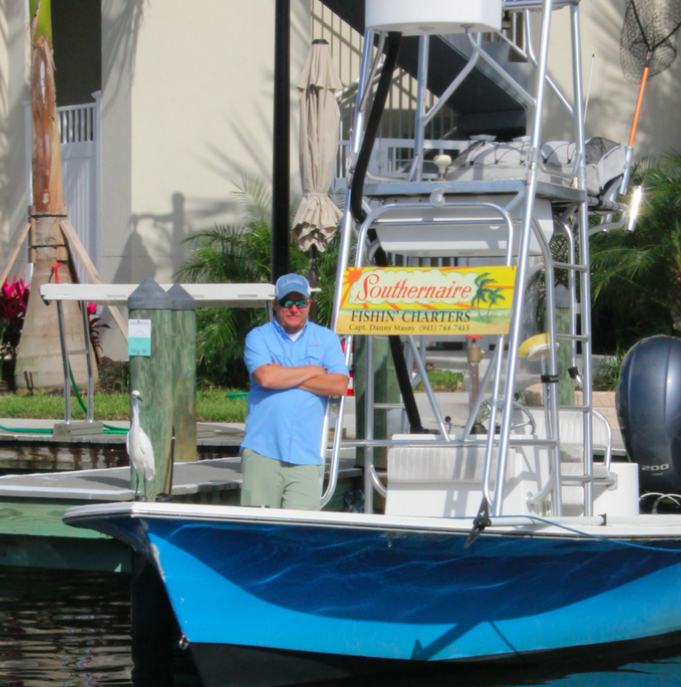Fishing the inshore waters around Anna Maria Island continues to improve as we move through autumn.
Large quantities of baitfish are invading Tampa Bay and the Gulf beaches, causing many predatory species to be on the prowl.
The most prominent of the predatory fish is the Spanish mackerel. Joined by its cohorts, jack crevalle and the blue runner, this trio can provide excellent action on light spinning tackle. All are formidable adversaries when hooked, displaying drag-screaming runs, a lot of head-shaking and a relentless battle to the end. What’s better? These fish can be targeted from a variety of places.
Whether working the beaches, fishing from piers, wading the flats or out in a boat, you can find these fish.
Preferred attractants include an assortment of artificials, as well as live baits.
Casting lures such as a small jig in colors of white, chartreuse or hot pink is the most popular of the artificial baits, second to the old reliable silver spoon. Casting these lures among the bait schools followed by a quick retrieve most likely will lead to a hook up — if the fish are present.
And, here’s a little advice for you: Carry a number of lures because the mack’s teeth are sharp like razors. You’re going to lose some gear. That goes along with mackerel fishing.
As far as using live bait, shiners, Spanish sardines and shrimp will work. Typically, you want to combine these baits with a long shank hook. This adds insurance against those teeth. But I’d still be ready to do some rigging.
And, with all of this talk about getting cut off, the logical solution that comes to mind is the use of a wire leader. Typically, the addition of the wire leader will curtail the fish from taking your bait offering. The fish will see the wire and immediately turn away from your bait. Sure, you might convince an occasional stupid or naïve mackerel to take the bait, but the fisher next to you who isn’t using wire will out fish you every time. They might spend a little more time retying hooks than you, but I’ll guarantee they will spend more time at the fillet table.
On my Southernaire charters, I’m spending some time on the mackerel bite. I’m finding good action over structure in Tampa Bay, as well as on a few deeper grass flats. While fishing the structure, I’m seeing solid mackerel action with a blend of mangrove snapper and ladyfish thrown in. On the deeper grass areas, the mix is 50/50 mackerel and spotted seatrout.
Moving shallower along the mangroves of Tampa Bay and Anna Maria Sound, I’m finding consistent action on catch-and-release snook. Fishing during high tides is slightly challenging, as most linesiders are hiding among the mangrove roots, which requires skill to present the bait. If the bait doesn’t land under the bushes, you might as well forget about getting a bite.
Luckily, I have a few tricks, such as chumming with live baits to lure the snook out of their hiding places and into casting range. While targeting “tree bound” snook, I’m seeing a decent amount of catch-and-release redfish being hooked and reeled to the boat.

